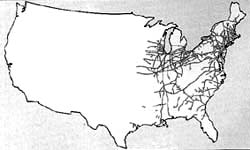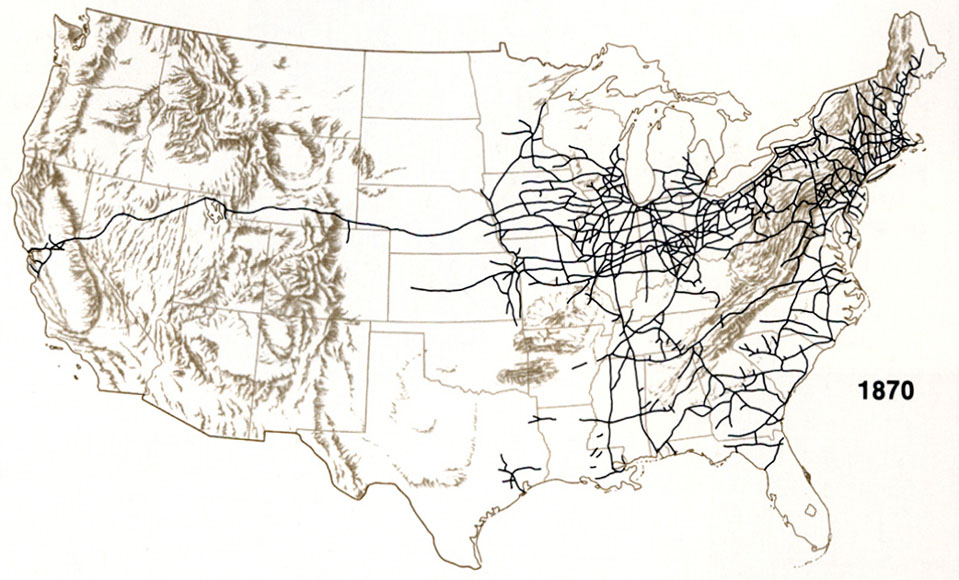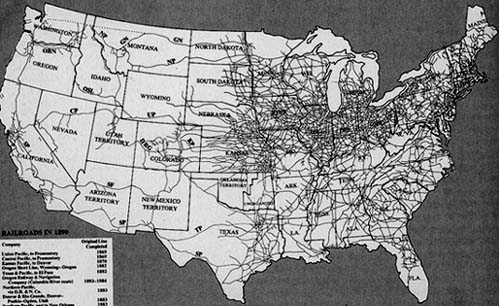
The Charge of the Light Brigade
Alfred, Lord Tennyson
|
Half a league, half a league,
"Forward, the Light Brigade!"
Cannon to right of them,
Flash'd all their sabres bare,
Cannon to right of them,
When can their glory fade? |
Posted on 03/01/2016 5:06:06 AM PST by Homer_J_Simpson
Chicopee (MASS.) Weekly Journal, March 1, 1856
Click on the pdf to view the image.
http://www.chicopeepubliclibrary.org/archives/items/show/3815
The Treaty of Paris was signed in March 1856, ending the Crimean War between Russia and England, France, and the Ottoman Empire.
The Massachusetts newspaper I posted above mentions this war which was winding down.
I’m only posting these as interesting background, as they have no direct reference to the material you’re dealing with.
I figure anything that gives one the sense of the times is useful.
Page two of the Chicopee Weekly Journal for March 1, 1856 that I linked above contains information about the Republican convention held in Pittsburg. Interestingly, they say that the most “ultra” anti-slavery speech was made by a delegate from South Carolina.
There is also quite a bit about Irish immigration, which of course would make quite a bit of difference just a few years down the road, in terms of manpower.
Also an article about saltpeter, which would matter greatly as well...
http://www.chicopeepubliclibrary.org/archives/files/original/a72b80b2f281be0534b85642ff6682c3.pdf

The Charge of the Light Brigade
|
Half a league, half a league,
"Forward, the Light Brigade!"
Cannon to right of them,
Flash'd all their sabres bare,
Cannon to right of them,
When can their glory fade? |
A foreshadowing of things to come in America...
From a pure territory point of view it looks like slavery is on the ascendancy but if you had a map that depicted RR track miles (as a proxy for industrialization) a different picture would likely emerge.
General George McClellan was a Captain during the Crimean War and was a military observer. I had remembered that some Civil War notables had been there, and that’s what I found.
See item 3 here, for instance:
http://history1800s.about.com/od/europeanwars/fl/Five-Facts-About-the-Crimean-War.htm
Very interesting.
I wonder if that’s where he learned not to fight. lol...
The charge came from mistaken orders, sending the light cavalry to the wrong place.
It resulted in the loss of 40% of the attacking force, about 270 men.
At Gettysburg, General Lee ordered attacks on foot against troops dug into high ground.
That resulted in the loss of 37% of Lee's force, about 28,000 men.

The South was not as backward in 1856 as sometimes asserted, indeed, it's been said (though I can't confirm) that, on average, Southerners lived closer to railroads than Northerners.
Their problem, of course, was they had little industrial infrastructure to build & maintain railroads, depending on their cotton exports to pay for everything.
Similar, we might say, to some oil-rich countries today.

What an intriguing map.
The nearest rail heads to us here in western Iowa were at the Mississippi River and at St. Joe, Missouri.
Iowa had only been a state for four years. Our part of the state only had a smattering of people.
The railroad map is awesome. But it does shed a different light than the original map. The original map (to me) creates an impression of slavery on the ascendancy. The railroad map shows that the slaves were where the railroads were not as dense and vice versa.
The south generally lacked strategic east-west railroads suficient to shift forces and war materiel between theaters. The only time they really did was the loan of Longstreet’s Corps to the west for Chickamauga. The north, on the other hand could shift resources at will.
I’d also like to see a railroad map for 1865.

1865

1870

1890

Sorry that the 1865 map is so small. It's all I could find so far.
There are some nice maps here in 10 year spans. You will have to scroll down a bit to get to the maps.
http://users.humboldt.edu/ogayle/hist111/industrial.html
Regards
alfa6 ;>}
Getting ahead of time a wee bit...
Somewhere at home I have a book on Gettysburg that proposes the theory that Picket’s Charge was to have taken place in conjunction with an attack by Stuart’s Calvary.
Unfortunately for Picket and the rest of the Confederate infantry Stuart ran into the Michigan Calvary units led by among others, Custer!
The Federal Calvary fought the Confederates to a stand still and left the Confederate infantry to the tender mercies of the entrenched Federal forces.
Regards
alfa6 ;>}
Didn't I-80 go past there in the late 1850s?
Ooooooh, sorry, wrong century. ;-)
If you study the Southern railroads carefully, you see that they are focused on bringing product -- mainly cotton -- to harbors for export worldwide.
Their starting points are those areas of highest production.
As for imagining slavery in areas of no railroads, no don't do that, because it was just the opposite.
What you should understand is that even by 1860, the Cotton South had only begun to use about a third of the land suitable for cotton.
By 1900, acreage producing cotton was triple what it had been in 1860.
So, where there were no railroads in 1860, there were very few people, period.
That's how some people say, on average, Southerners lived closer to a railroad than their northern cousins did.
Disclaimer: Opinions posted on Free Republic are those of the individual posters and do not necessarily represent the opinion of Free Republic or its management. All materials posted herein are protected by copyright law and the exemption for fair use of copyrighted works.